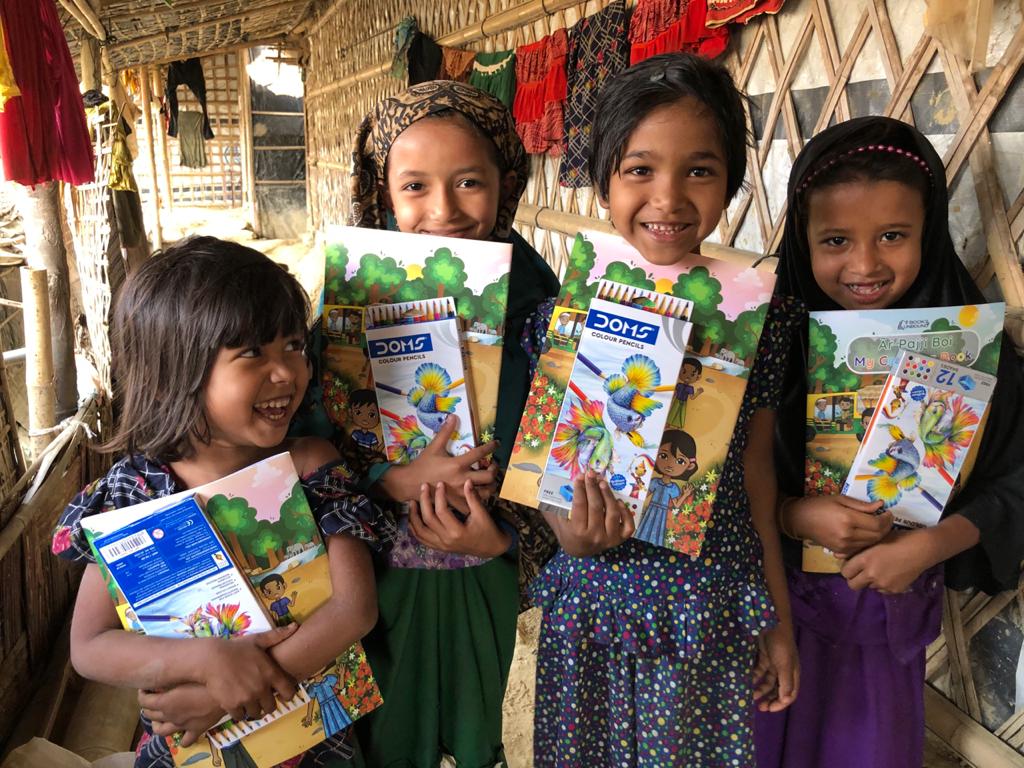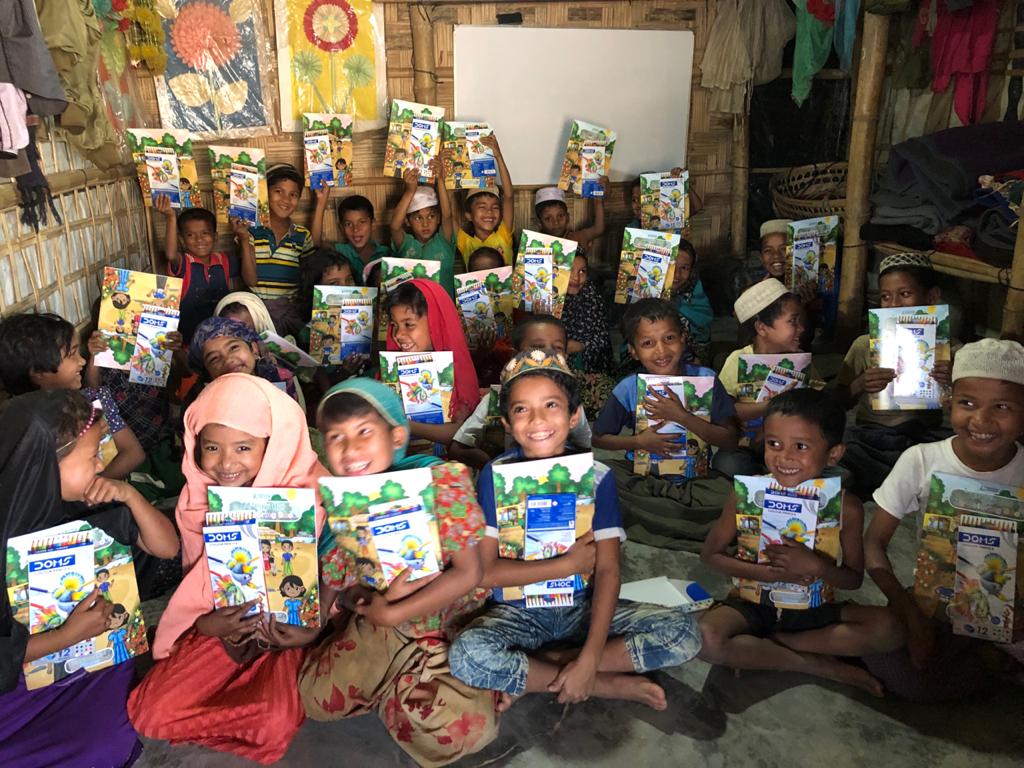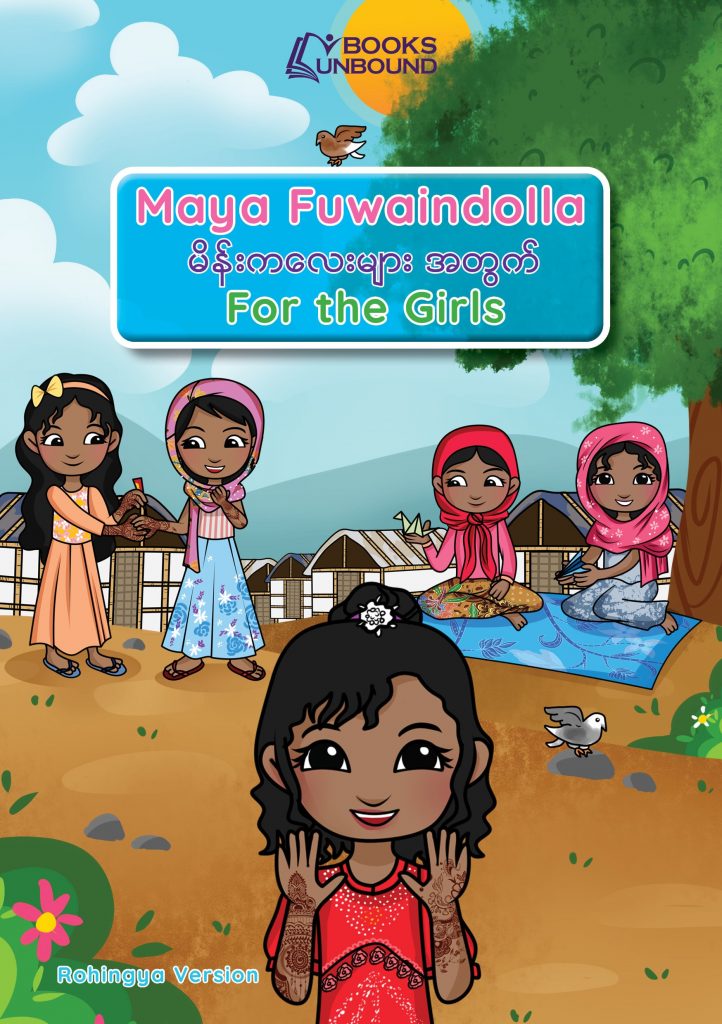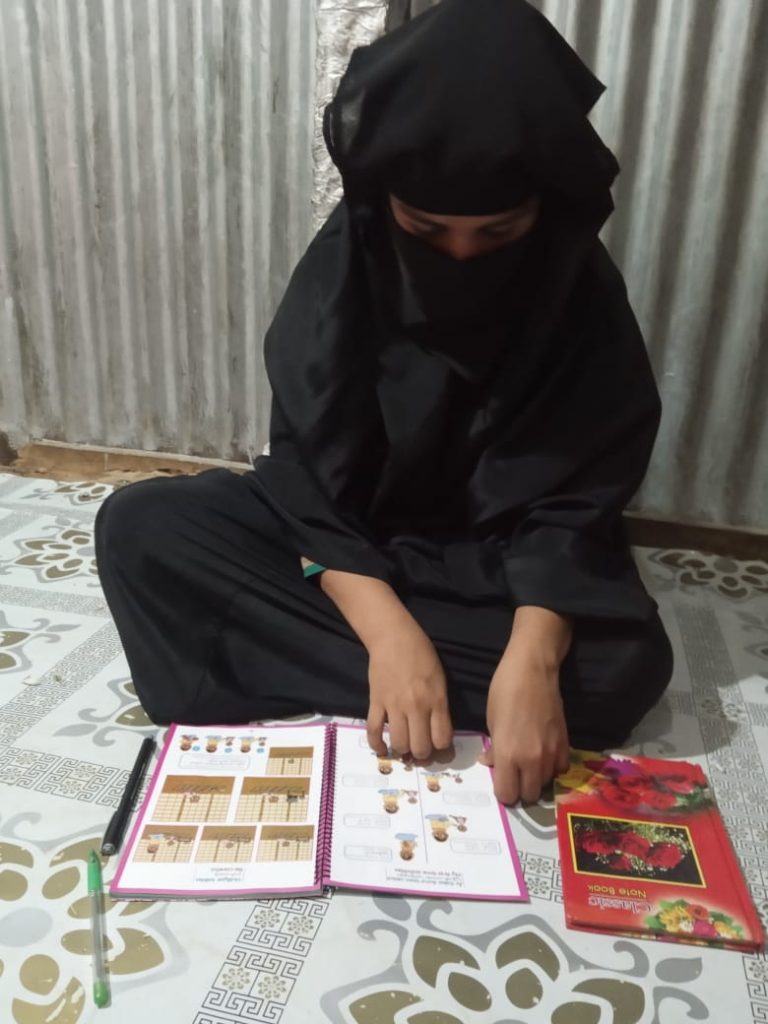Guest Contributor: Sydney Aguas
Girls’ Education: The Key to a Better Life

One thing can change the world for girls — and help girls change the world: Education.
It is the key to a better life and the first building block to a better future for girls who live in countries where their environment, state of poverty, and gender keep them from opportunities. When young girls are equipped with learning opportunities, even at the basic level, they have a higher chance of overcoming many of these obstacles.
The Problem: Lack of Education
Education can sometimes fall off the spectrum of immediate needs during a crisis, and usually garners little funding as a result. The majority of funds for aid is directed to basic necessities like food, clean water, and proper shelter. Of course, it is crucial to provide these essentials, but also vital to consider education as a necessity, rather than a luxury. An article from Global Citizen estimates that “it costs an average of $1.25 a day per child in developing countries to provide 13 years of education.” If we increase the aid funding investment in education, we will see lasting benefits for children of developing countries or countries in crisis.

The Rohingya are one of the many people groups who are victims of crisis. They are in need of something that can substantially improve their mental health and help in the trauma healing process: education.
In countries plagued by conflict, girls suffer most for lack of education. UNICEF observes that in countries experiencing conflict, girls are twice as unlikely to attend school than in countries with no conflict. In such places, girls face challenges that keep them from school. We must utilize more flexible and innovative solutions if we are going to combat this urgent issue, especially for the Rohingya.
Rohingya girls are no strangers to conflict. Ongoing problems in their personal circumstances and society hinder and often endanger them. These issues are growing worse as political crises and natural disasters make the situation in countries of conflict more precarious. The need for education to combat them has never been more pressing.
We know that education is necessary and beneficial for girls all over the world — but how does education make a difference in the life of even just one girl?
Let’s take a look at some of the issues they face on a daily basis:
GBV (Gender-Based Violence)
In their own communities, it is common for girls to be under threat of sexual exploitation, harassment, and abuse. If a young girl becomes pregnant because of gender-based violence, she is exposed to stigma and discrimination.
An increase in education can lead to a decrease in gender-based violence. Educated girls have improved mental health and decision-making skills, which could lead to a decrease in violent conflict. When girls are properly educated about their bodies and physical health, they are less susceptible to sexual mistreatment and abuse.
However, the argument can be made that violence serves as a deterrent for parents to send their daughters to school. This ultimately reduces the attendance of girls in school and continues the cycle of raising a generation of uneducated girls.
We have seen girls bring a solution to this issue by bringing education to each other — in their homes, in Women Friendly Shelters, and community centers. These innovative solutions are created by educated girls in the communities who have already seen the benefits of education in their own lives.
Poverty
Besides gender specific issues, girls in developing countries also experience extreme poverty. Natural disasters and political unrest worsen poverty significantly. The political crisis in Myanmar and several natural disasters have undoubtedly left the Rohingya in serious poverty. Poverty also sets girls at a specific disadvantage. According to the World Bank, “Poor households with multiple children may choose to invest in boys’ education rather than that of girls while also relying on girls to help with household chores and care for younger siblings and other family members.”
Education is a vital tool for lifting girls out of poverty. With an education, girls can eventually support themselves and their families, either by working or even running their own businesses. Additionally, a girl’s level of education directly affects her income. In an article from UNICEF, it states that “every additional year of primary school boosts girls’ eventual wages by 10 – 20 percent, and an extra year of secondary school by 15 – 25 percent.”
When women can sustain themselves, the whole community thrives. Concern Worldwide US found that “women invest up to 90% of their income back into their family, compared to the average 30–40% that men invest back into their households.” This investment into the next generation will build up the community in the future.
Enabling girls to work and contribute to society potentially benefits the whole country. An article by UNICEF estimates that “one percentage point increase in female education raises the average level of GDP by 0.37 percentage points.”

Education Unlocks Opportunity
There are many serious issues that make life problematic and painful for girls around the world. Education can help to solve these problems and open up new horizons for girls. With education, girls have the chance to make life better for themselves, their families, and their communities.
We know that the possibilities are endless when girls have the knowledge and means to live well and impact their community.
Education is the key. But how do we approach such a complex issue? How do we combat these barriers to entry in a sensitive, innovative way?

For the Girls
In March, Books Unbound’s team launched their latest project: For the Girls. The mission is to bring informal education to Rohingya homes and Women Friendly Shelters where girls can learn with safety and confidence.
The For the Girls curriculum uses fully contextualized pictures to teach girls important aspects about their lives and their world. Rohingya girls learn about basic health practices, their community, and the diversity of girls around the world. Girls also gain a greater understanding of themselves by learning about the female stages of life from infancy to senior adulthood.

The most unique part of the Girls’ Book is that it utilizes a written form of the Rohingya language — something that is new and still going through development stages.
The book is an effective tool and resource to help Rohingya girls embark on their educational journey.
Books Unbound brings education to the Rohingya and helps them learn by seeing the world through their eyes.
Learn more about the Girls’ Project (and how you can help) here.
Storytelling Series
Check out our storytelling series: Rohingya Reunions!




